Rising Chronic Disease Prevalence
The increasing prevalence of chronic diseases in South America is a pivotal driver for the home healthcare market. Conditions such as diabetes, hypertension, and cardiovascular diseases are becoming more common, necessitating ongoing medical care. According to health statistics, approximately 30% of the adult population in South America suffers from at least one chronic condition. This trend compels healthcare systems to adapt, leading to a greater demand for home healthcare services that can provide continuous monitoring and management. The home healthcare market is thus positioned to expand as patients seek more personalized care options that can be delivered in the comfort of their homes, reducing the burden on hospitals and clinics.
Government Initiatives and Funding
Government initiatives aimed at improving healthcare access and quality are playing a crucial role in shaping the home healthcare market in South America. Various countries are implementing policies that promote home-based care models, recognizing their potential to alleviate pressure on traditional healthcare facilities. For example, funding programs that support home healthcare services have been introduced, which may lead to increased service availability and affordability. This governmental support is essential, as it not only enhances the infrastructure for home healthcare but also encourages private sector investment. As a result, the home healthcare market is expected to experience growth driven by these supportive policies and funding opportunities.
Increased Focus on Preventive Care
There is a growing emphasis on preventive care within the healthcare landscape of South America, which significantly influences the home healthcare market. This shift is driven by the recognition that early intervention can mitigate the progression of diseases and reduce healthcare costs. As a result, home healthcare services are increasingly being utilized for preventive measures, such as health screenings and wellness programs. Reports indicate that investments in preventive care can yield savings of up to 30% in overall healthcare expenditures. Consequently, the home healthcare market is likely to benefit from this trend, as more individuals seek proactive health management solutions that can be conveniently accessed at home.
Cultural Shift Towards Home-Based Care
A notable cultural shift towards home-based care is emerging in South America, significantly impacting the home healthcare market. Many families are increasingly preferring to care for their elderly and chronically ill members at home rather than in institutional settings. This preference is influenced by a desire for personalized care and the emotional comfort associated with being at home. Surveys indicate that over 60% of families express a preference for home healthcare services, reflecting a broader societal trend. This cultural inclination is likely to drive demand for home healthcare services, as families seek solutions that align with their values and caregiving preferences.
Technological Integration in Healthcare
The integration of advanced technologies into healthcare practices is transforming the home healthcare market in South America. Innovations such as telemedicine, remote patient monitoring, and mobile health applications are enhancing the accessibility and efficiency of healthcare services. For instance, telehealth services have seen a growth rate of over 40% in recent years, allowing patients to consult healthcare professionals without the need for physical visits. This technological shift not only improves patient outcomes but also reduces healthcare costs, making it a compelling driver for the home healthcare market. As technology continues to evolve, the potential for improved patient engagement and care delivery will likely further stimulate market growth.


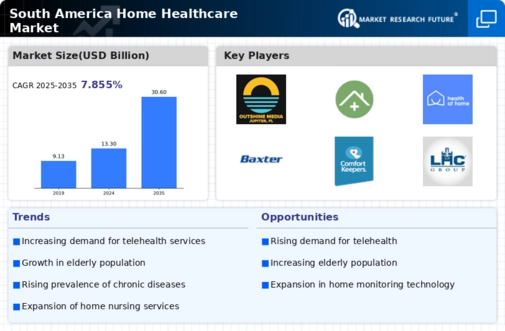

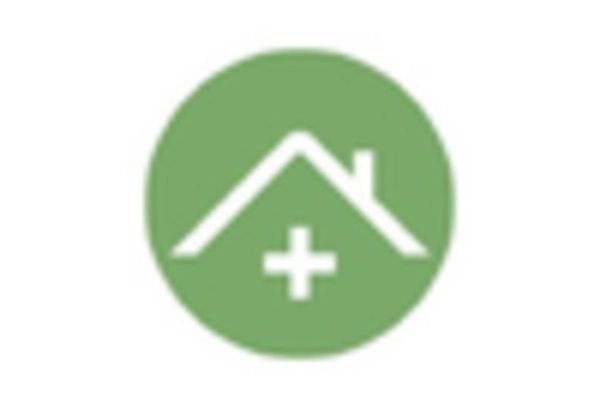

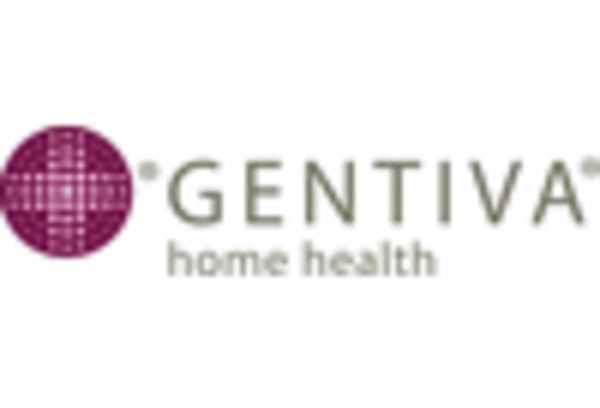
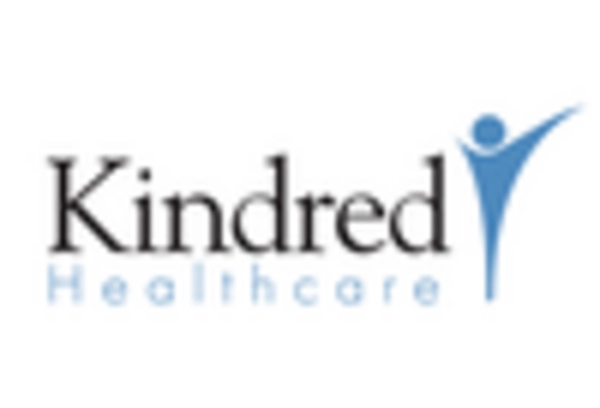
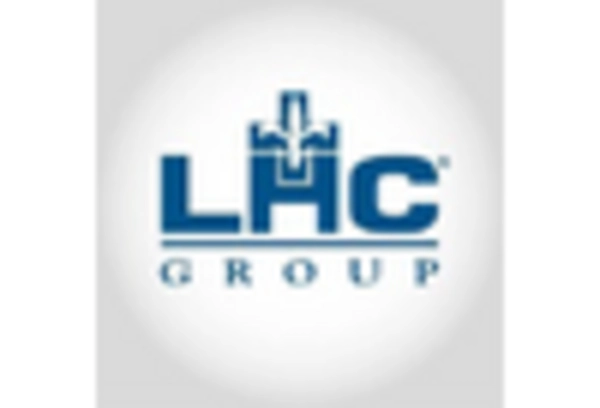
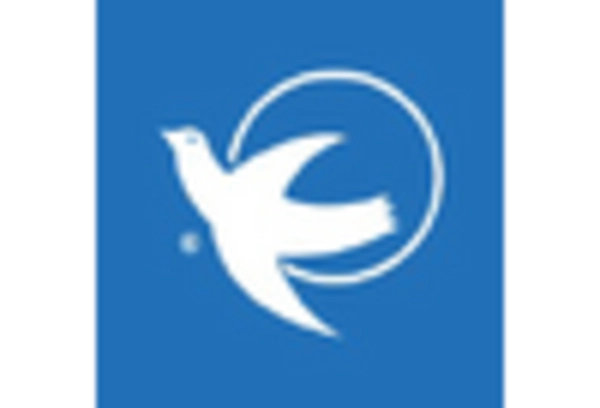








Leave a Comment